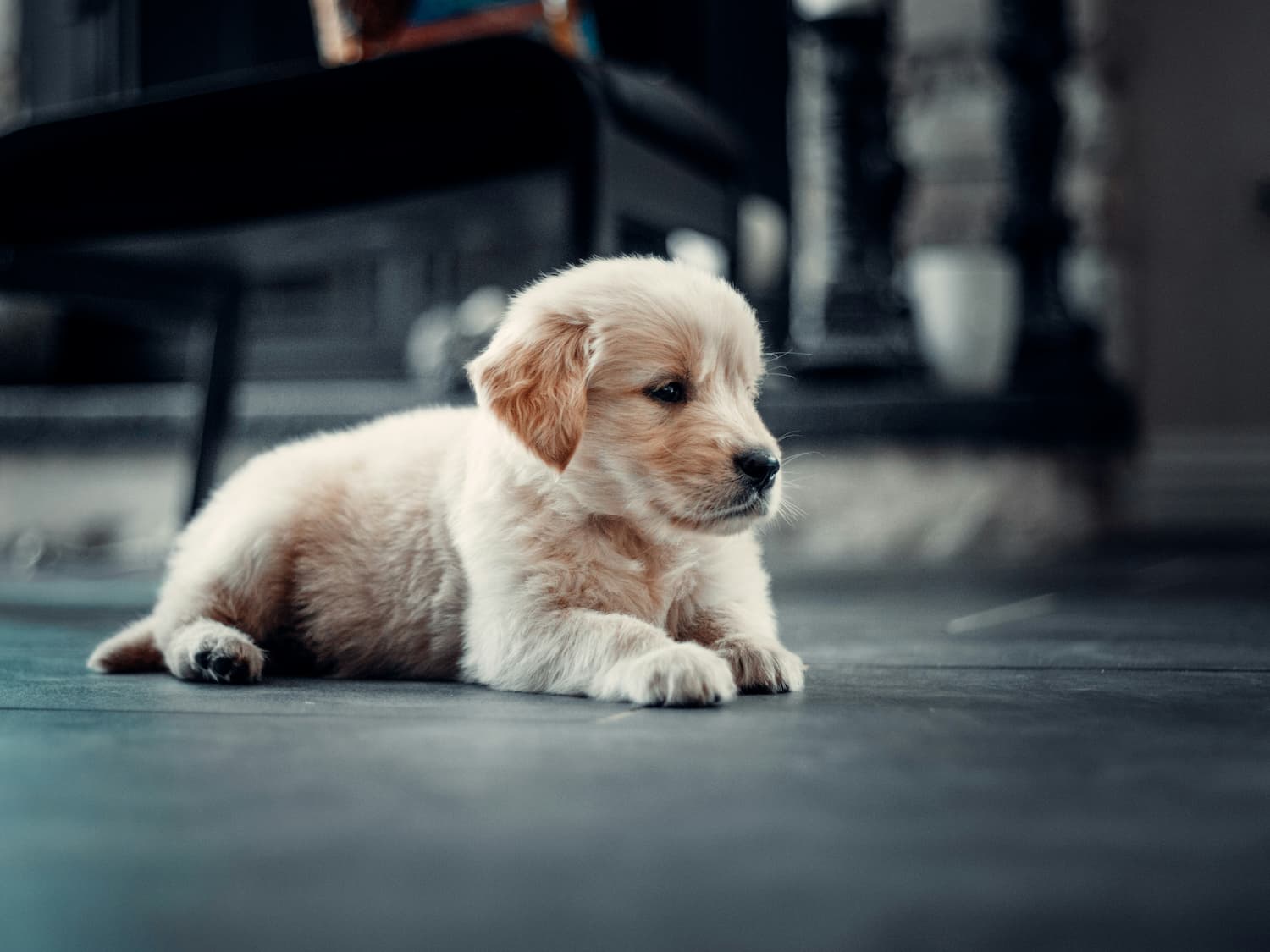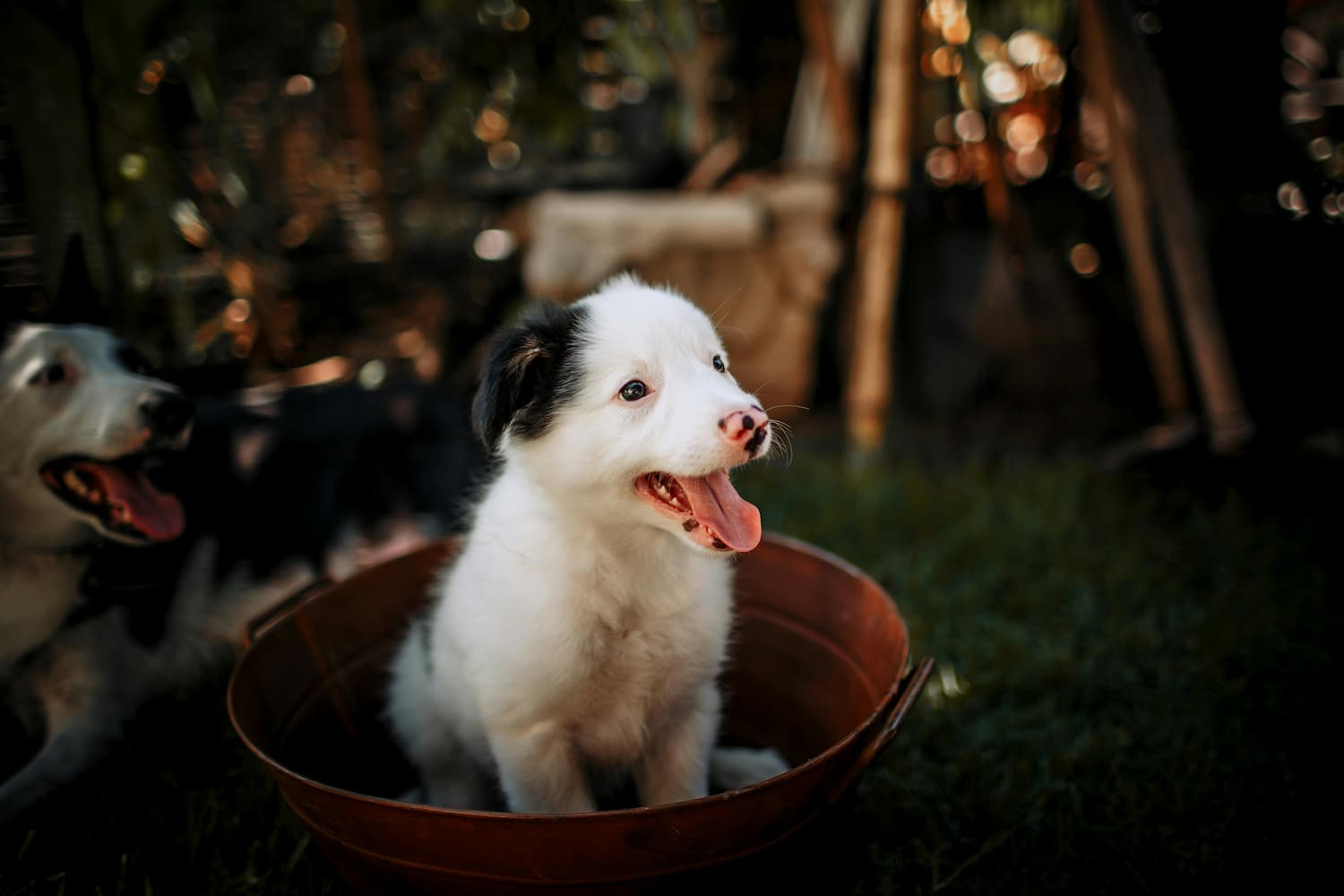Bringing a puppy home is thrilling—until nighttime hits and your puppy won’t settle down. Many new pet parents might struggle with a crying puppy, multiple potty breaks, and unsettled nights. This guide provides practical methods on how to crate train a puppy at night gently and effectively. With proven steps and expert advice, you’ll learn how to crate train a puppy overnight, helping both puppy and family sleep peacefully through the night.

Why Crate Training Is Important for Puppies?
Crate training plays a big part in raising a happy, well-adjusted puppy. Here’s why it matters:
How to Choose the Right Crate for Nighttime Training?
Selecting the perfect crate for your puppy’s nighttime training is key to creating a safe, comfortable space that encourages good habits. Here’s what to consider:
How to Crate Train a Puppy at Night: Step-by-Step Guide
Now that you’ve chosen the right crate, it’s time to introduce your puppy to nighttime crate training. A structured, patient approach will help them adjust quickly and comfortably. Follow these steps for successful training:
1.Daytime Acclimation. Before tackling overnight stays, let your puppy explore the crate during the day. Use treats and toys to create positive associations, feeding meals inside the crate to reinforce comfort.
2.Pre-Bedtime Routine. Follow a consistent sequence: play session → final potty break → crate time. This signals winding down and helps your puppy link the final trip outside with bedtime.
3.First Night Setup. Place the crate beside your bed at floor level. If your puppy whimpers, gently place your hand inside without speaking to let them know you’re close.
4.Nighttime Potty Breaks. For young puppies (8–10 weeks), expect to get up every 30–60 minutes; gradually lengthen intervals based on their age and bladder capacity:
(1)8–10 weeks: 30–60 minutes
(2)11–14 weeks: 1–3 hours
(3)15–16 weeks: 3–4 hours
(4)17+ weeks: 4–5 hours
5.Minimal Interaction. If you take your puppy out at night, keep the scene calm: low lights, no play, quiet voice. This prevents reinforcing crying for attention.
6.Positive Reinforcement. Each morning, reward your puppy with praise or a small treat for quiet nights in the crate. Consistency solidifies the routine.
What to Do If Your Puppy Cries at Night?
Crate training at night can be challenging, especially when accidents happen. If your puppy whines or cries, follow these steps to help them feel secure while encouraging good habits:
What’s the Best Nighttime Routine for Crate Training?
Conclusion
Crate training a puppy overnight takes patience, empathy, and consistency—but done right, it brings peace to both puppy and household. Start slowly and positively with daytime exposure, feed meals in crate, follow a calm bedtime routine, and place the crate initially close by. Ignore brief crying but respond appropriately if it doesn’t stop. Over time, your puppy will learn that crate training a puppy at night means rest—with minimal fuss—and you’ll enjoy restful nights again.
FAQ
How long does it take to crate train a puppy at night?
Most puppies adapt within 2–4 weeks of consistent nighttime routine and gentle reinforcement, though individual progress can vary.
Can I leave an 8 week old puppy in a crate overnight?
Yes—with frequent nighttime potty breaks. An 8‑week‑old pup can typically hold its bladder for about 2 hours. Plan to wake once or twice overnight for bathroom trips.
Where to put a puppy crate at night?
Begin with the crate beside your bed so your puppy feels secure and you can hear their cues. Gradually move it to its permanent sleeping spot once they settle comfortably.




